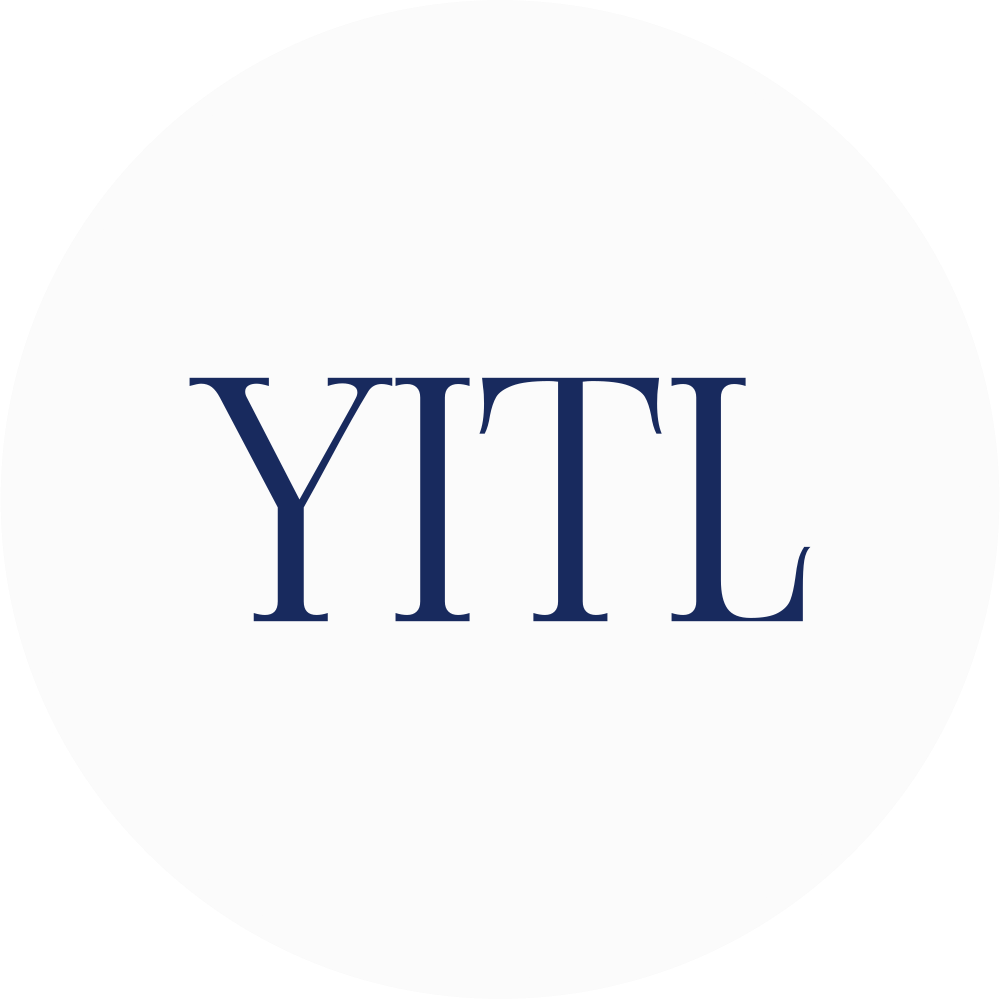Value-added tax (VAT)
Part 1: Introduction to VAT
Value-added tax (VAT) is a consumption tax that is applied to goods and services at every stage of production and distribution. It is a tax on the value added to a product or service at each stage of production or distribution. VAT is a form of indirect tax, which means that the tax is not paid directly by the consumer, but is built into the price of the goods or services.
VAT is used in many countries around the world as a way to raise revenue for the government. It is considered to be a more efficient and fair way of taxing than other forms of indirect tax, such as sales tax, because it is based on the value added to a product or service rather than its final price.
VAT is typically applied at a standard rate, which is set by the government. However, some goods and services may be subject to a reduced rate or even be exempt from VAT. For example, in some countries, basic necessities such as food and medical supplies may be exempt from VAT.
In the next part, we will discuss the mechanics of how VAT works and the different types of VAT systems that are used around the world.
Part 2: How VAT works
VAT is a multi-stage tax, which means that it is applied at every stage of production and distribution. The tax is collected by the business that sells the goods or services, and it is paid to the government. Businesses are able to claim back the VAT that they have paid on their own purchases, known as input VAT. This is known as the "credit-invoice method" of VAT collection.
The VAT paid on purchases is subtracted from the VAT charged on sales, known as output VAT. The difference between the two is the net VAT that the business must pay to the government. This system is designed to ensure that only the value added by each business is taxed, and not the entire value of the product or service.
There are different types of VAT systems that are used around the world. The most common is the standard rate VAT, which applies a single rate to most goods and services. Some countries also have a reduced rate VAT, which applies a lower rate to certain goods and services, such as basic necessities or cultural items. And some others have zero-rated VAT, which applies a 0% rate to certain goods and services, such as exports or certain medical supplies.
In part 3, we will discuss the advantages and disadvantages of VAT as a tax system and examine some of the challenges that businesses and governments face when implementing VAT.
Part 3: Advantages and Disadvantages of VAT
VAT has several advantages as a tax system. One of the main advantages is that it is a more efficient and fair way of taxing than other forms of indirect tax. Because it is based on the value added to a product or service at each stage of production or distribution, it ensures that only the value added by each business is taxed and not the entire value of the product or service.
Another advantage of VAT is that it is relatively easy to administer. Businesses are able to claim back the VAT that they have paid on their own purchases, which helps to reduce the administrative burden on businesses. Additionally, VAT is a self-policing system, as businesses are incentivized to properly collect and remit the tax to avoid penalties.
However, VAT also has some disadvantages. One of the main disadvantages is that it can be complex for businesses to administer, particularly for small and medium-sized enterprises (SMEs) that may not have the resources to properly comply with VAT regulations.
Another disadvantage is that VAT can be regressive, meaning that it disproportionately affects low-income individuals and households. This is because VAT is a consumption tax and low-income individuals and households tend to spend a larger proportion of their income on goods and services subject to VAT.
In conclusion, VAT is a widely used consumption tax system that offers some advantages as a tax system, such as being more efficient and fair way of taxing. However, it also poses some challenges, particularly for small and medium-sized businesses and low-income individuals. Governments and businesses must work together to ensure that VAT is implemented in a way that balances the need for revenue with the needs of businesses and individuals.
Disclaimer: Always speak directly with a lawyer; blog posts are not a sufficient source of information to make decisions, may not be appropriate for your situation, and may not be current by the time you read them, always speak directly with an attorney first.
If it is your first time, here are some examples of the results our tax lawyers can help you achieve:
- international tax optimization, to cut down your taxes (even to zero)
- analyze your specific situation and your business situation to help you choose the best country/countries for your specific needs, which guarantees you both tax savings and everything you wish for;
- protect your assets, making them "untouchable";
- become an international / global entrepreneur, able to use all world regulations and tax advantages to your benefit;
- making you profit using tax havens;
- acquire multiple residences;
- acquire new passports;
Check our main page now and contact us https://yourinternationaltaxlawyers.net
If you are not yet ready to contact us, use the mailing list form on the main page to stay updated with our tips and once-in-a-lifetime promotions.
